


















Creativity enriches the life of the mind. It is also a necessary skill in the modern world, where imaginative solutions are required for complex problems. The British School of Milan celebrates creativity in all its forms - intellectual, imaginative and aesthetic.
The school's Art department enjoys an outstanding reputation in this respect. It was identified as ‘exceptional’ by a recent Inspection; it has been recognised as a Centre of Excellence by the Edexcel Examination Board, and examples of the high standard of artwork achieved by our students are on display throughout the school.
The IB Art Exhibition provides the Art department with a unique platform to show the local and international community in Milan some of the finest work produced by our graduating Year 13 students, some of whom will progress to Art and Design courses at prestigious universities and colleges around the world.
We are delighted to showcase the art in this brochure. We hope that you enjoy looking at and appreciating it as much as we do.
Dr Chris Greenhalgh Principal & CEO The British School of Milan

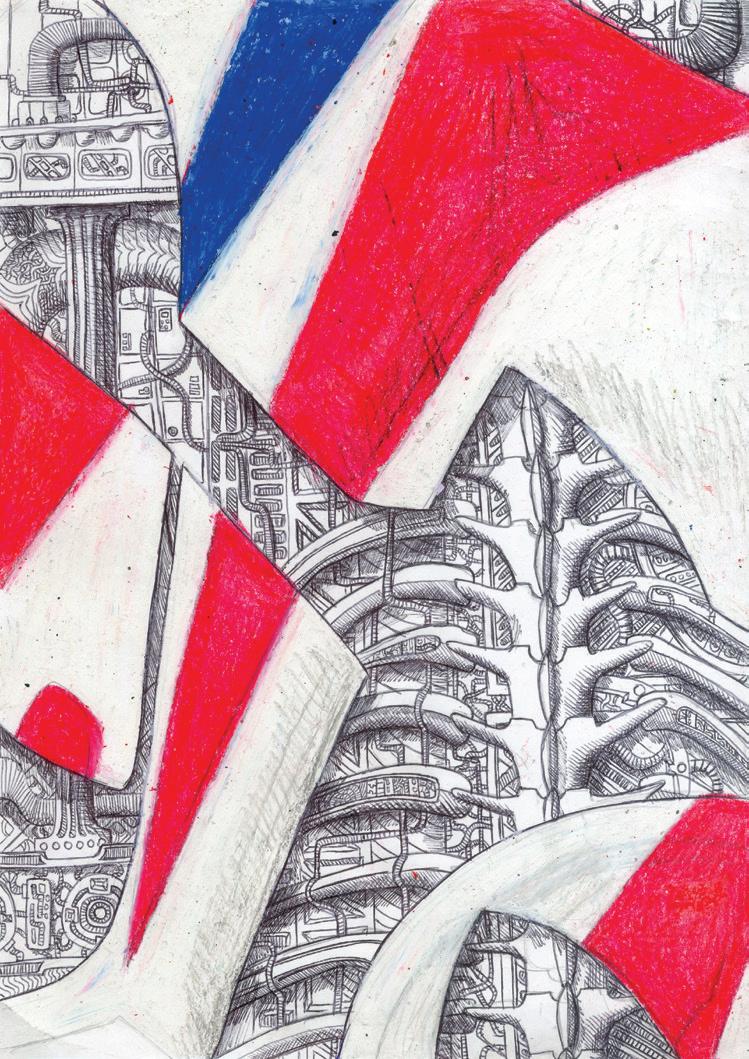



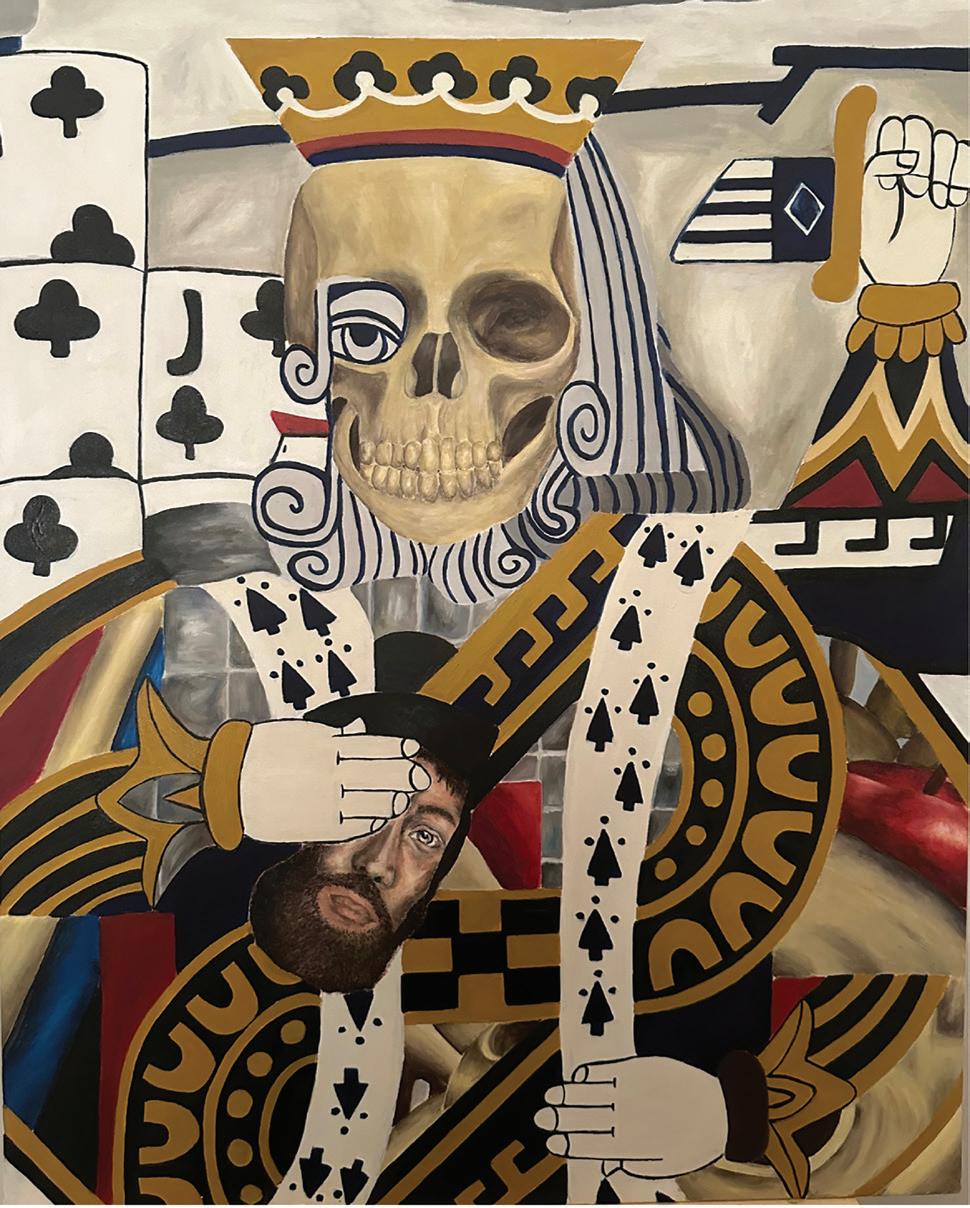





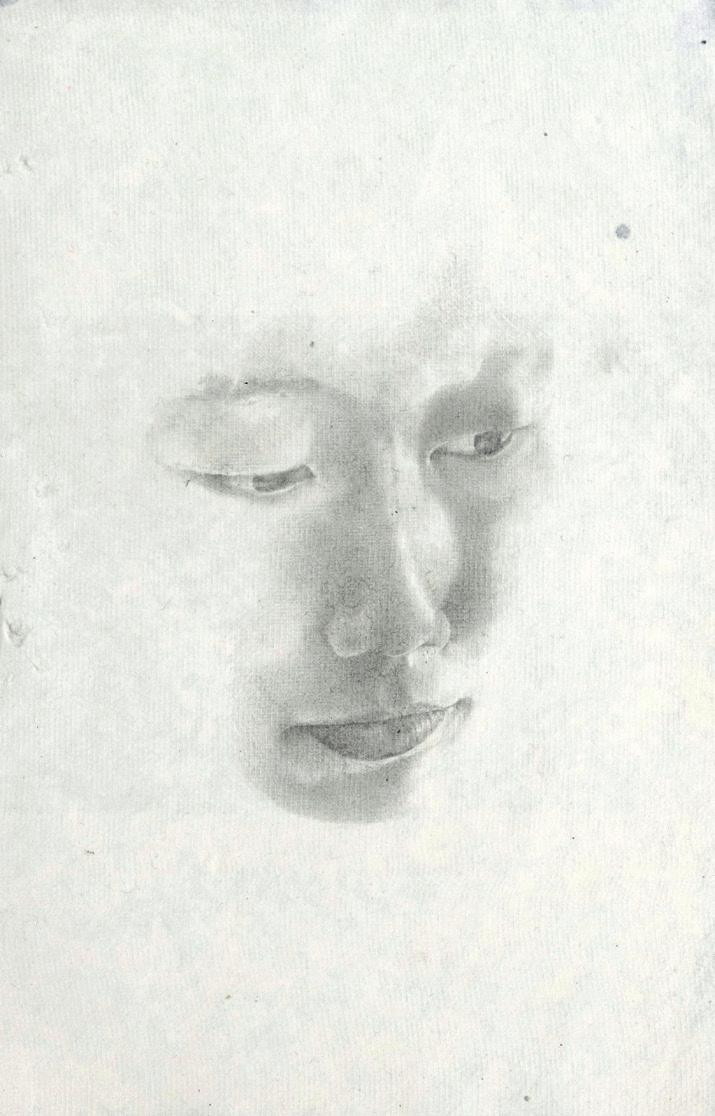
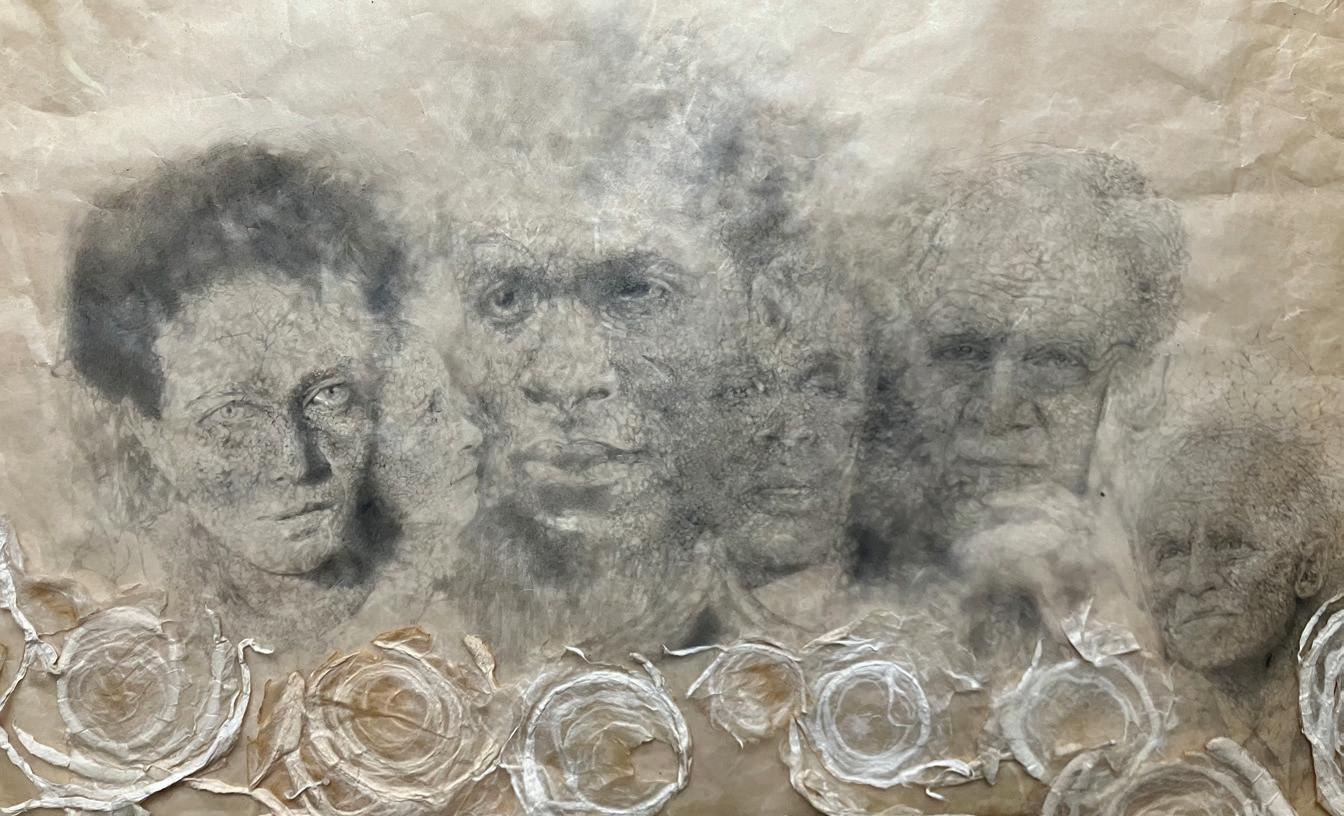



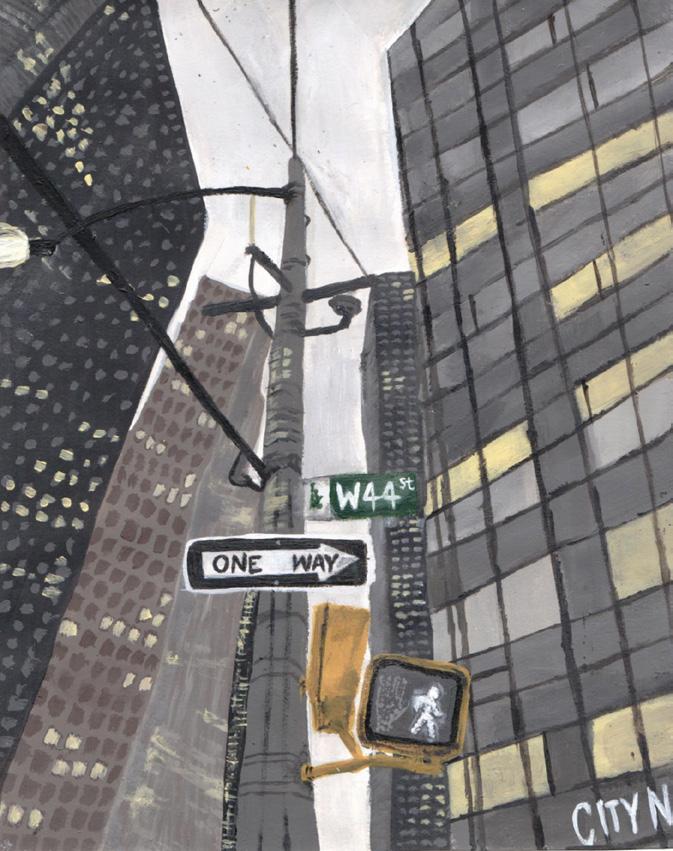
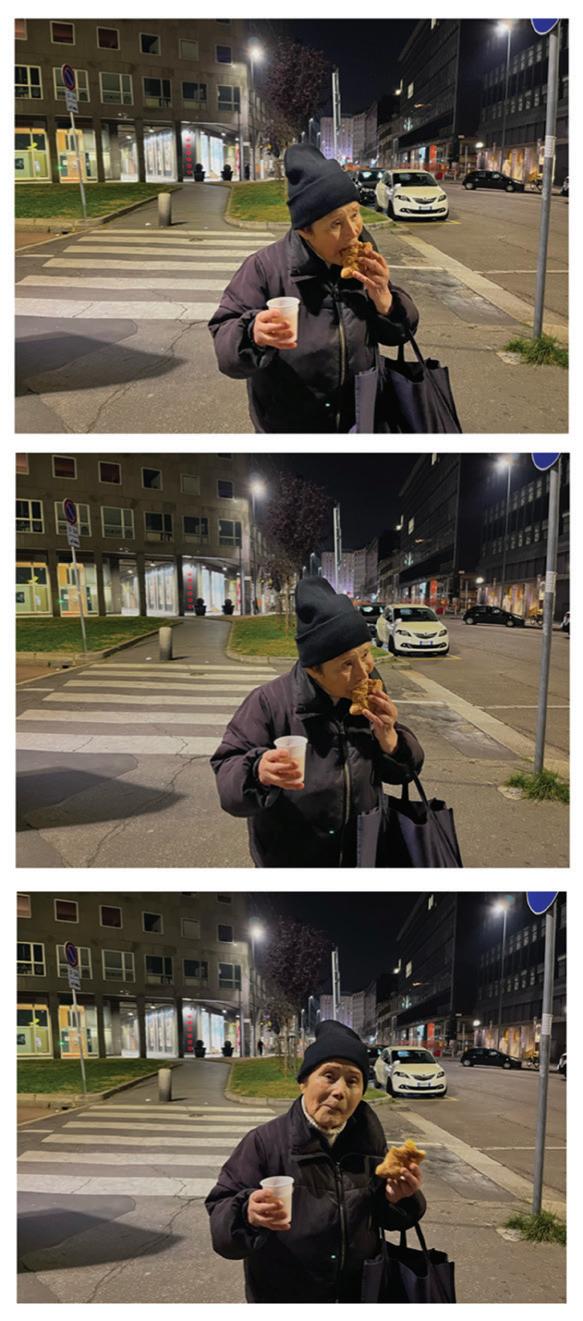

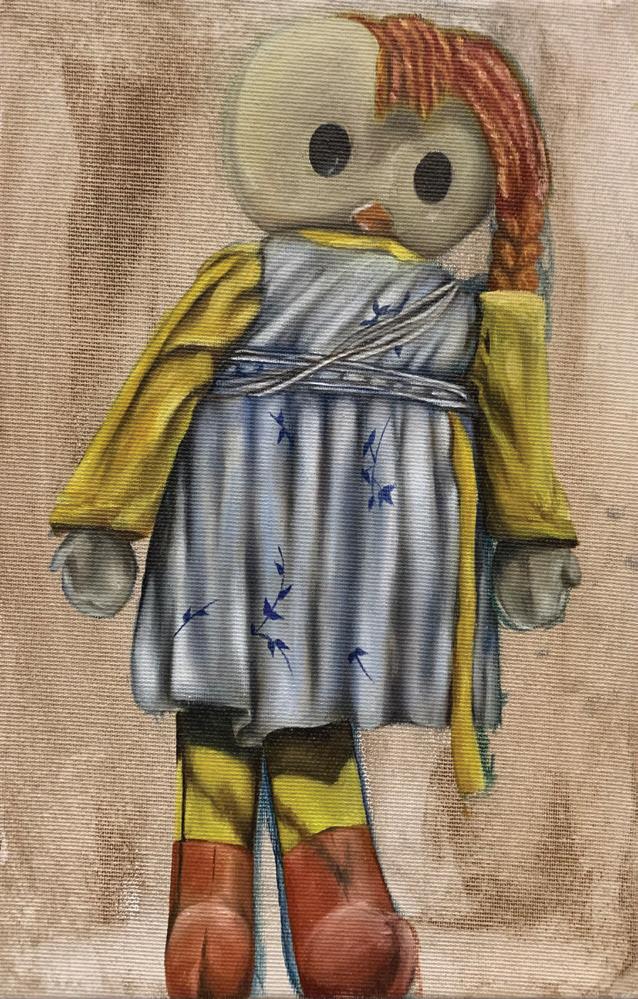
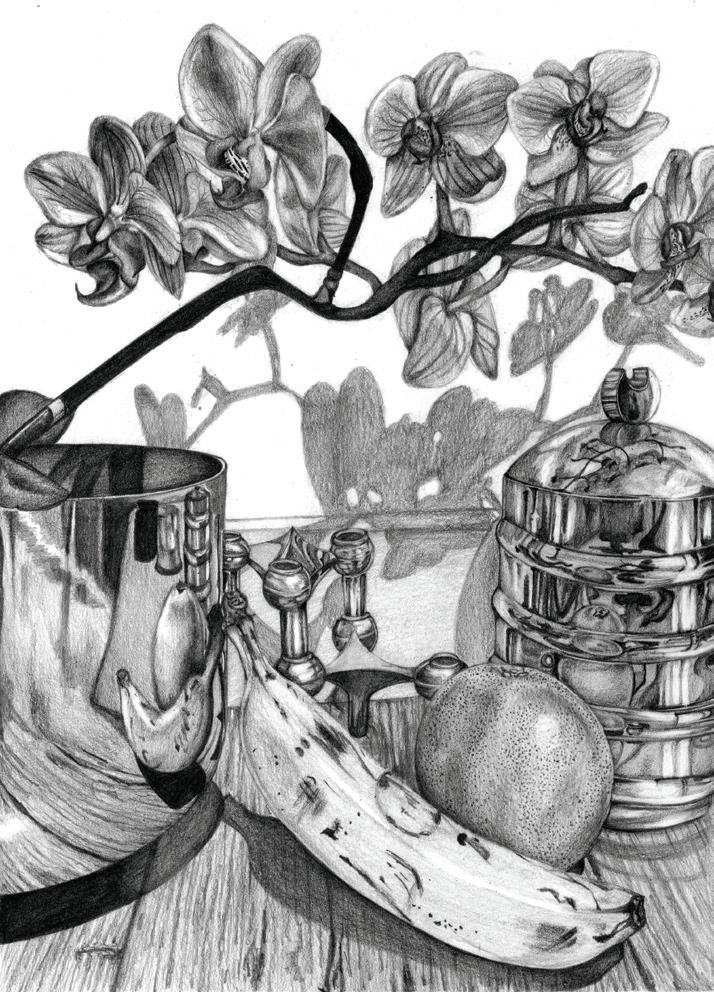
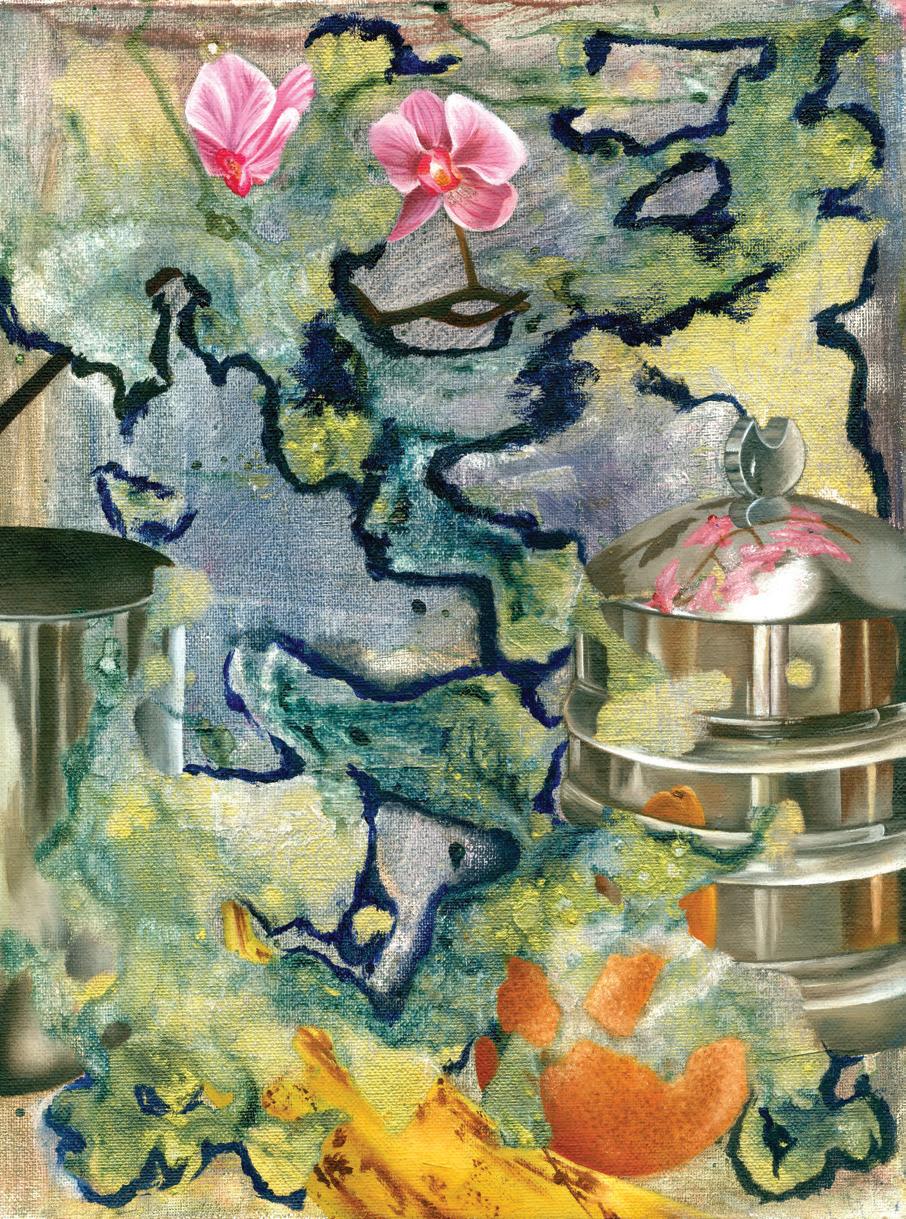




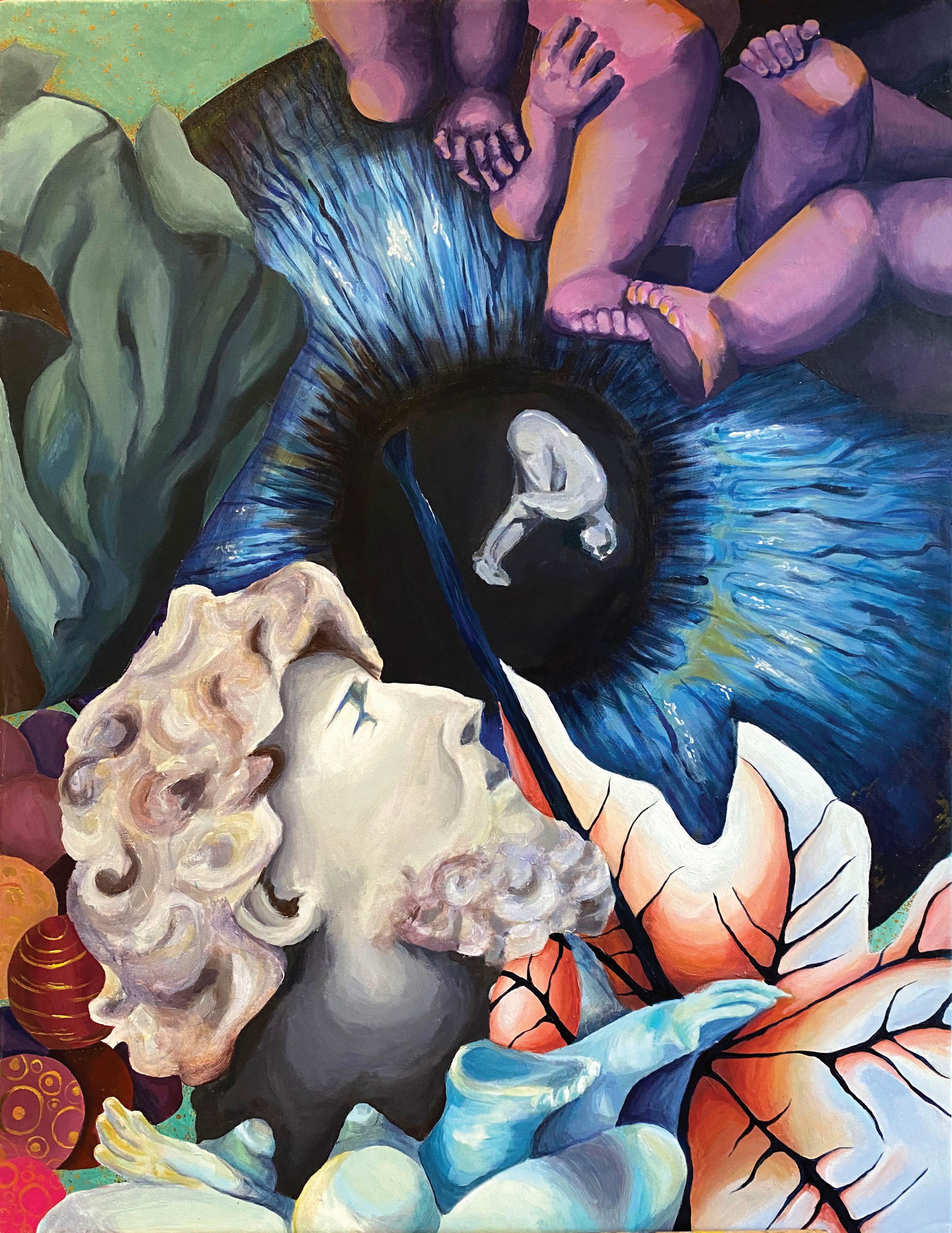

am selfish in my creation of artwork; I aim to create for myself. Whether that be through the exploration of themes or ideas or experimentation with techniques I was not accustomed to using, my art is the product of individual and creative growth. Inspiration came from German artist Anselm Kiefer’s rough, hauntingly beautiful creations, commentaries on his and his country’s past, encouraging me to look upon my own, and be precise in my execution rather than my visuals. Classical Japanese printmakers such as Utagawa Kuniyoshi, whose bold woodblock prints’, clean lines and overall muted colour palettes became an important stylistic influence in my work. The skeletal forms present in many of Iraqi architect Zaha Hadid’s magnificent constructions have fuelled my obsession with design, and fascination with the fact that the necessity of functionality often leads to the creation of some of the most interesting forms and imagery, reflected in a lot of the vaguely mechanical or architectural aspects of my work. At the start of the course, we produced a still-life drawing from a composition of five objects of personal significance, in my case a combination of the natural and man-made. It has been interesting to observe how links to those objects, or rather what they represent, have manifested themselves in later pieces.
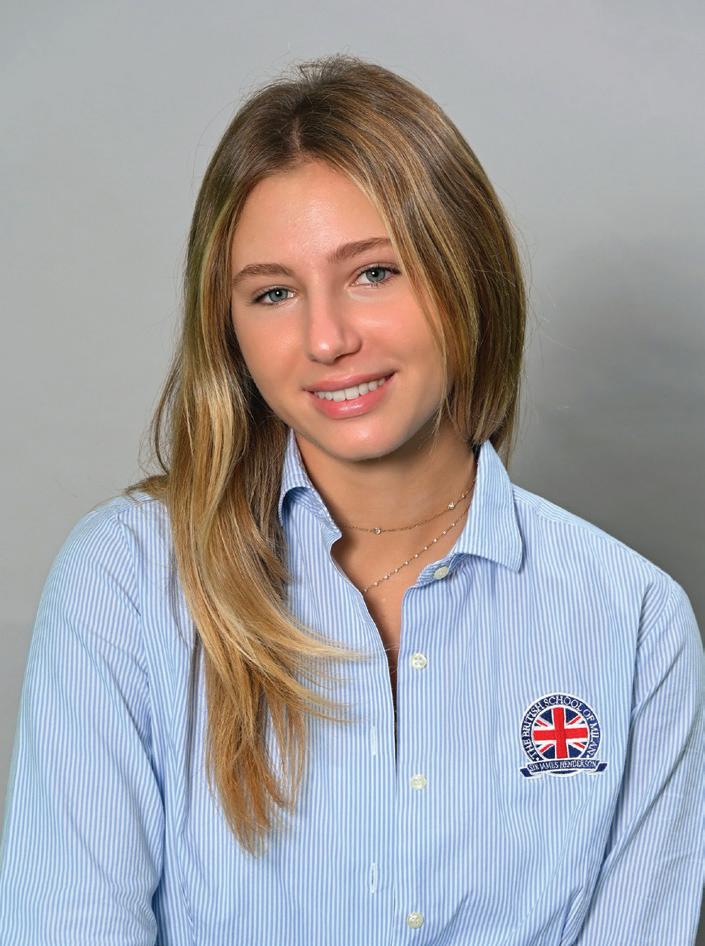
I started off my journey by capturing random moments. I liked the idea of freezing an act in motion through art, which brought me to explore a specific root of captured moments in a status of extreme imbalance. This concept determined several artworks that experimented with composition and contemplated the fragility of life. Through the exploration of different mediums, such as 3D modelling, painting and graphic design, was able to investigate how tension is mirrored through art and, especially, how it can increase or decrease. The comparative study became an integral part of my investigation where I explored Vanitas with three contrasting artworks. The symbolism behind each object intrigued me and led an enquiry into still life painting. Maintaining the skull as a symbol of mortality, I created two Vanitas paintings, with the aim of transmitting to my audience the message of death’s inevitability and power in comparison to material objects. Following the concept of decay, I started exploring the beauty of it in vegetables. Decay is portrayed as a distortion through time, which modifies the living from its original form as days pass, resulting in a conformational change. Inspired by this idea of fragility of life in Vanitas painting, I started exploring cards as a unifying symbol. My vision pivoted towards encapsulating the essence of the two themes within an everyday object. The fragility of cards, often utilised for divination, rendered them the ideal medium. Therefore, started designing my own Vanitas cards by turning the King and Jack into the two men from The Ambassadors painting (by Hans Holbein). Overall, my artworks aim to evoke a reflection in my audience upon the passing of time and the importance of attributing the right weight to superficial items.

Growing up in Milan is what attribute to shaping both my creative and analytical sides. Surrounded by unique architecture from renowned figures like Gae Aulenti and bombarded by cutting-edge design and fashion, have been compelled to reflect on beauty, utility, and function. In fact, it has become second nature to me. The IB visual arts course marks an evolution for me as an artist. It is the result of my passions, explorations, interests and failures too. Initially, embarked on an exploration of objects and their shapes, focusing on still-life pencil drawings. This led me to interrogate the contrast between the human form and artificial forms. This quickly became a main theme in my portfolio. Inspired by the 'broken' sculptures of Igor Mitoraj, Surrealism, and Cubism, started creating 3D pieces. Departing from 2D art was a revelation, helping me understand that design and occupying physical space was where I wanted to go with my creativity. Working with polystyrene and papier mâché were essentially new to me, particularly when striving to produce exhibition-worthy pieces. Experimentation has always been a key component in my work. I am proud of the outcomes that capture organic, mechanical, and artificial forms but it has been the journey that has been the most satisfying. The process of experimenting with colour, different paint qualities, and the value of light (both implied and actual) has led to unexpected challenges and growth. am now more sensitive to the importance of planning, anticipating problems, and considering my audience.
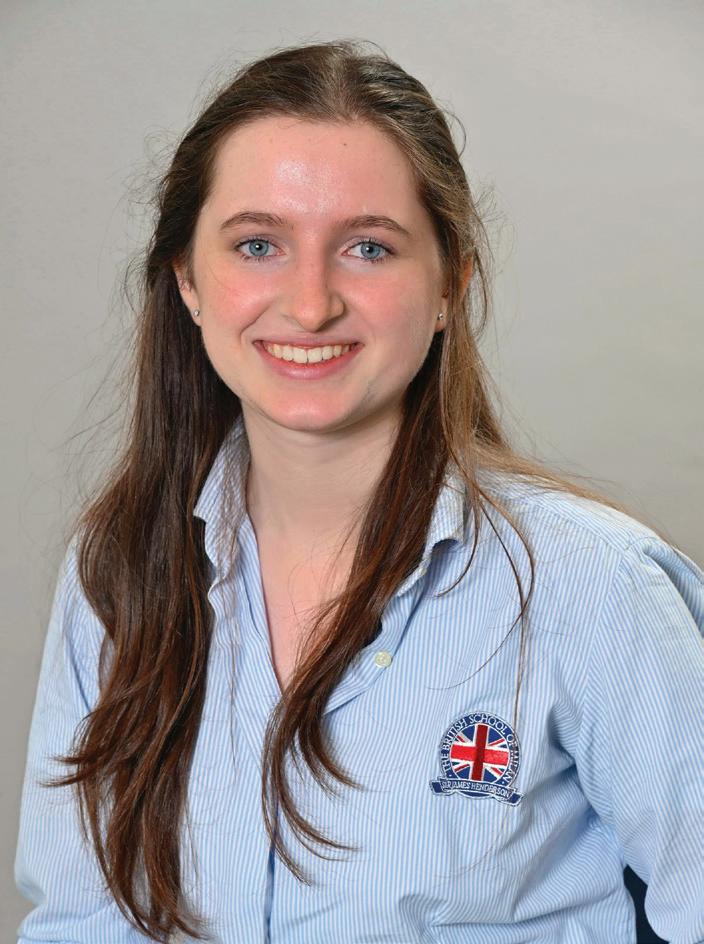
My work is meditative and precise, prompting metaphysical lines of questioning, such as, 'Can we free the mind from the body, or are they one and the same?'. aspire to impart to the audience the same sense of detachment and transience have been surrounded by growing up with a Buddhist Hindu mother. In the same vein, I also try to emulate ‘transience’ guided by the tenets of philosophies such as Taoism and across manifestations and references to divinity in mythology. Within metaphysics, I hone in on the elusiveness of reality, adopting a distortive style across different mediums that transmits how our perception of reality and of our experiences change. Due to my own curiosity, I briefly delve into how this perception and, specifically, bias affects our political views, in particular the normalization of animal cruelty and the acceptance of cognitive dissonance, generally defined as inconsistent thought processes, within our society. This is because I have the desire to challenge mainstream beliefs. In essence, my intended vision is that of an ‘introspective oasis’ that incites personal reflection on the nature of who we are and what we experience. I would describe my journey as following a serpentine path - begin with the ‘self’ and ‘reality’, meander back into that threshold throughout, and end with a focus on how these perceptions map onto political philosophy. For that matter, my current work has clear philosophical intentions, but is less confined to fixed philosophical viewpoints and instead captures the essence of an idea. Personally, this reflects how this year I have learnt to let go of my need to control how I, and in this case, my art, is perceived.

The pandemic had a huge impact on interpersonal connections. Starting high school in isolation allowed few opportunities to socialise and created a solitary environment. Attending school remotely and the feelings that this manifested were so intense that wanted to process them by incorporating them into my art. Whilst in isolation, my first-hand experiences became limited to the confines of my home. This need for escapism to hope, ability to dream, imagine, were limited to second-hand imagery such as the internet or film. This became the premise for my exhibition, to explore this idea of loneliness in my familiar surroundings but also as a collective experience of loneliness depicted through film. After visiting Edward Hopper’s exhibition in New York, I began to think about my painting in terms of carefully constructed frames, snapshots that depicted a moment of loneliness but simultaneously considering this sentiment in my home, lonely but familiar spaces. Having the opportunity to volunteer at the Milan non-profit organisation 'City Angels,' which aids the homeless in urban areas, I found myself drawn to the power of photography as a tool to envision a compassionate cityscape. I became interested in the stories of each individual and how solitude is a daily truth. This journey was profoundly influenced by Ugo La Pietra's film 'Abitare è essere ovunque a casa propria,' which translates to 'Living is being at home everywhere.' Inspired by this concept, I explored the use of photography and colour editing as means to capture the stark realities faced by Milan's homeless community, and then used graphic media to depict an alternate reality infused with empathy and kindness. This artistic approach allowed me to reimagine the urban environment as a place of warmth and inclusion, offering a visual narrative that contrasts sharply with the often-harsh urban life.

My work so far has been predominantly focused on preserving a constant thread throughout my body of work, aiming to guide the viewer through my processes using numerous visual cues (colour, shape, subject, composition and tone) to entice the audience to continue pursuing the journey through my pieces. I now aim to make my work more personal, communicating with the viewer to create an abstract channel of communication. As stated by Marina Abramović, 'The world doesn’t need an artist who shows reality as it is', mirroring my attempt to distance myself from the portrayal of reality, but rather moving towards the pursuit of intangible elements, which have metaphorically ‘been through a journey’. The themes chosen have varied greatly during the IB course. Starting with still-life, my strong suit, to portraiture, which symbolised a personal challenge for me: I had to develop as an artist, paying extreme attention to detail, like hidden colours in skin tones, facial anatomy and the conveyed emotion. Overall, I would consider Abramović as key source of influence throughout my recent work, motivating me to realise a sequence of images of one of my closest friends, emulating the nature of storytelling and unfiltered expression which have always accompanied the artist’s work. I would like the viewer’s journey to be focused on picking apart details between pieces, possibly through the idea of shadow of branches which are present in my initial graphite still life, up until my self-portrait. The idea of a developing branch which is visible throughout the body of work should incentivise the viewer to proceed on this journey. This will further be aided by the display of the artworks, ideally in a cyclical structure aiming to illustrate continuity through my art, how it is able to evolve yet circle back to the central message or motif. However, it can also convey a sense of movement and interdependence, as the work aims to move ahead. It is always brought back to the previous piece, creating a monotonous atmosphere.

Through this course have created a dream cycle in which the audience is invited to participate through the works. It follows the spiritual journey into the psyche of my character, whom I created at the start of my course. It is slightly self-reflective as it simultaneously explores the chaos of my subconscious. A significant theme in my work is that of intimacy, I explore this through touch. There is a contrast in soft and more obvious examples of touch throughout the work. I want to make sure that although there may be a surrealist element in the composition or colour, there is a human factor which grounds the pieces. In these aspects, I took inspiration from Egon Schiele and Dorothea Tanning. Both artists have a raw and honest approach when it comes to depicting the figure and sensuality. mirrored this as explore the human figure in movement through expressive mark-making in my painting practice. In creating my works, I was constantly working on a spiritual and figurative level, the world which is created tests the boundaries of perception. This is displayed through the change of normal colours. The journey in the psyche starts with the colours of skin turning blue in 'I could memorise your fingertips' and that develops further. A significant part of my work is the depiction of female energy. In my depictions of the body, am drawn to female bodies and that, in itself, challenges my internalised male gaze. Perception is an important aspect in my work.


The IB Visual Arts course is an incredibly demanding subject that requires students to reflect on the world around them whilst exploring a diverse range of artistic mediums. It is a personal and meaningful two-year journey, and one of the most rewarding.
This year, we have seven Year 13 students who have been an absolute pleasure to teach. A talented hardworking group with a great sense of humour. All seven students have acted as Art Ambassadors for the school, helping the Art Department and promoting art activities with our younger students. We wish them well with their future university placements; Mila has an offer from Columbia University to pursue a double major in Visual Arts and Cognitive Science. Ebba has received an offer from UCL. Sebastiano and Nico have both applied to the UAL for a Fine Art Foundation degree. Alice and Livia have applied for a design management course at Parsons and UAL.
We also take this opportunity to showcase the CAS project of Mila Pretolani, Sylvia Praticò and Genieve Sak and some featured artworks from our current GCSE year 10 and 11 students.
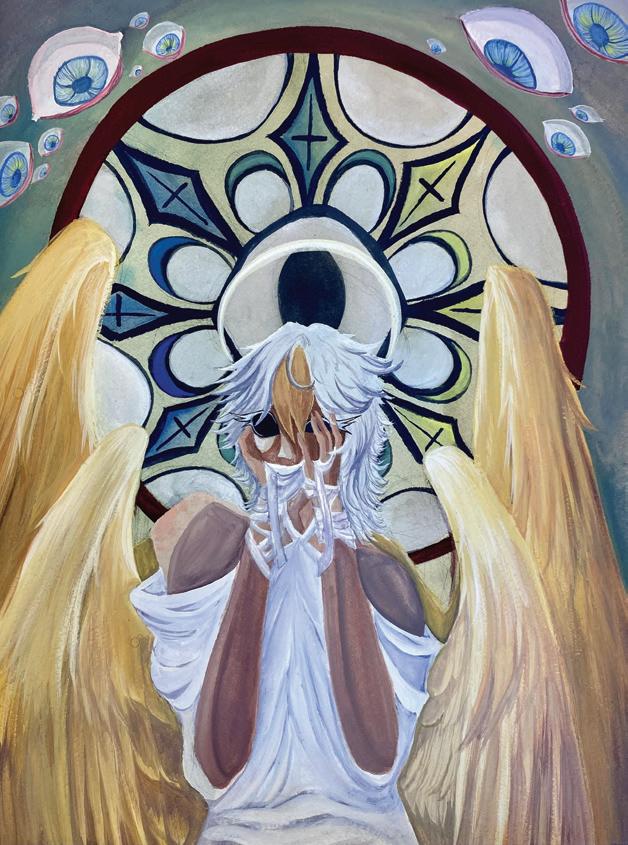
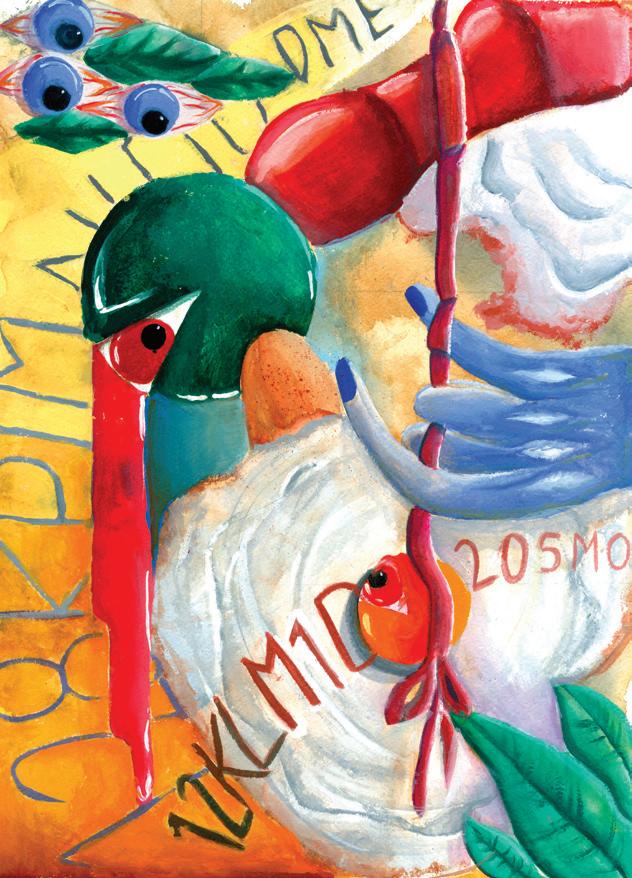



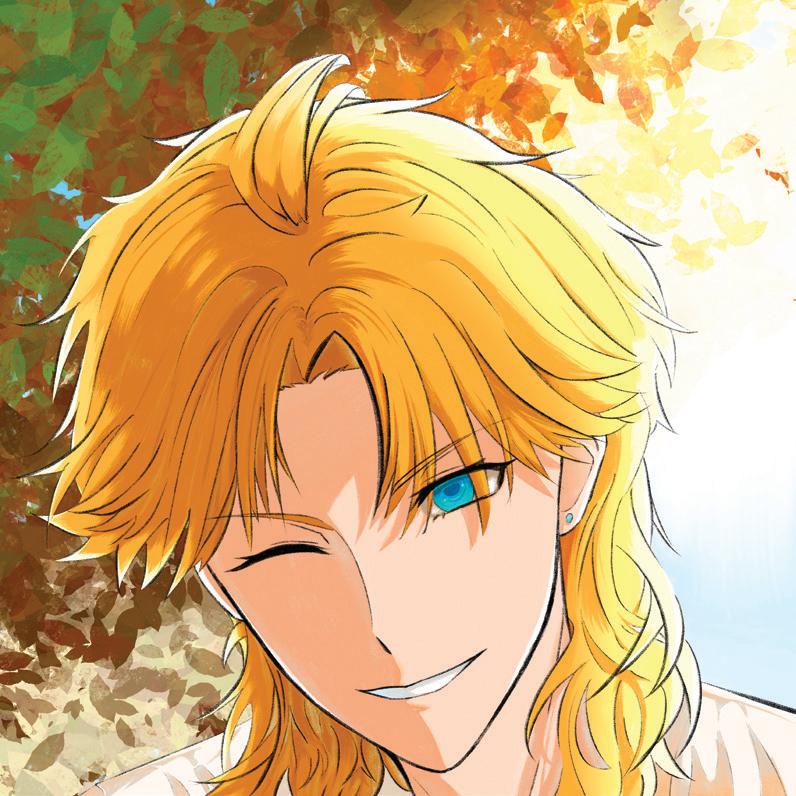

 Emilia Bodnarenco Year 10
Anna Manzoni Year 10
Alina Amanzhol Year 11
Elisa Peterlongo Year 10
EveJolie Kerswell Year 11
Jiayi Xiong Year 10
Isabel Chiaramonte Year 10
Aurora Miccoli Year 10
Emilia Bodnarenco Year 10
Anna Manzoni Year 10
Alina Amanzhol Year 11
Elisa Peterlongo Year 10
EveJolie Kerswell Year 11
Jiayi Xiong Year 10
Isabel Chiaramonte Year 10
Aurora Miccoli Year 10

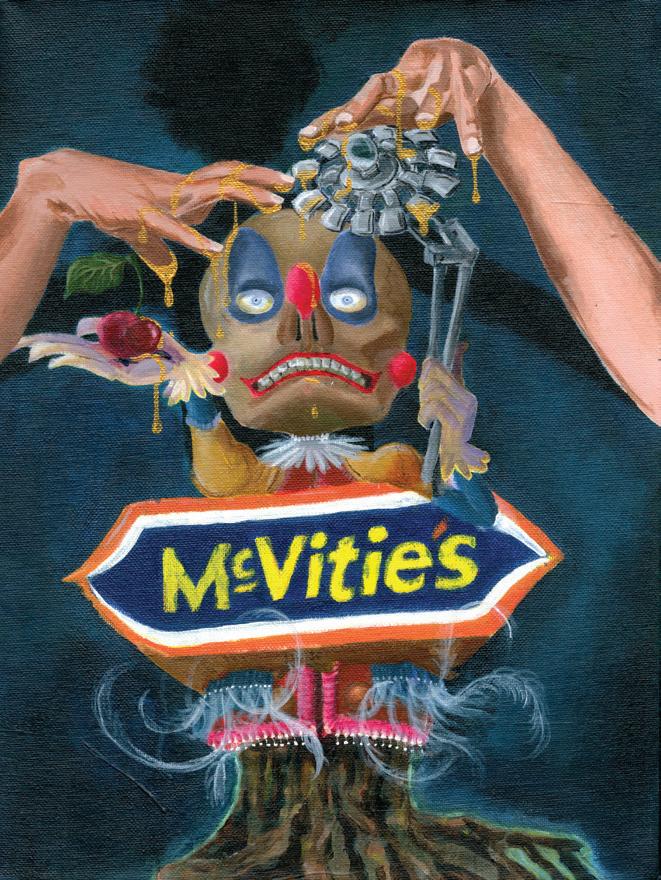
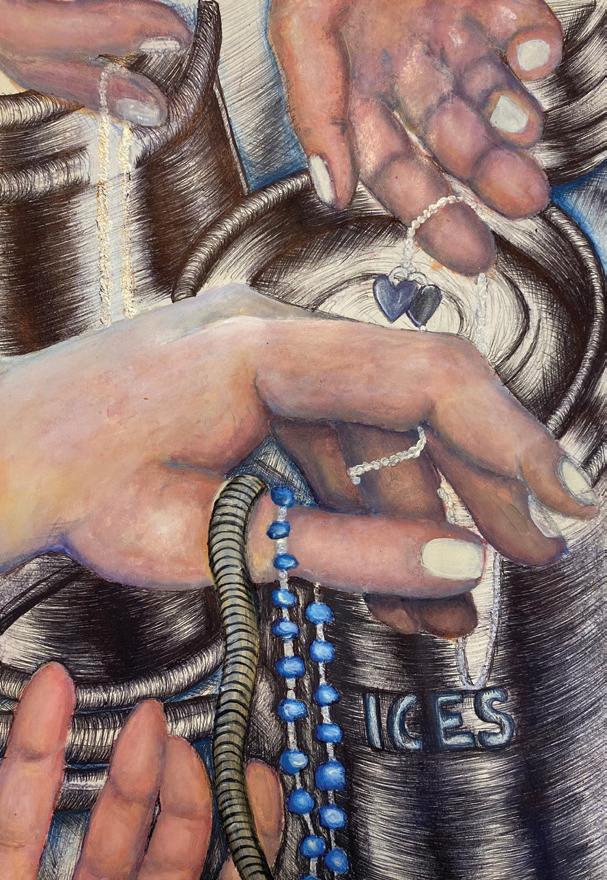
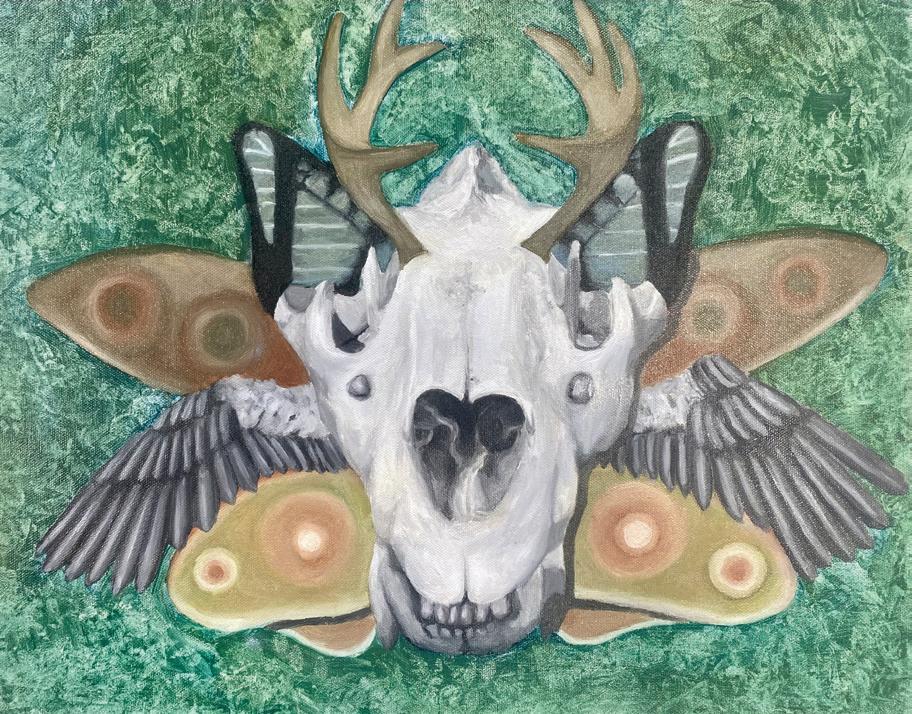



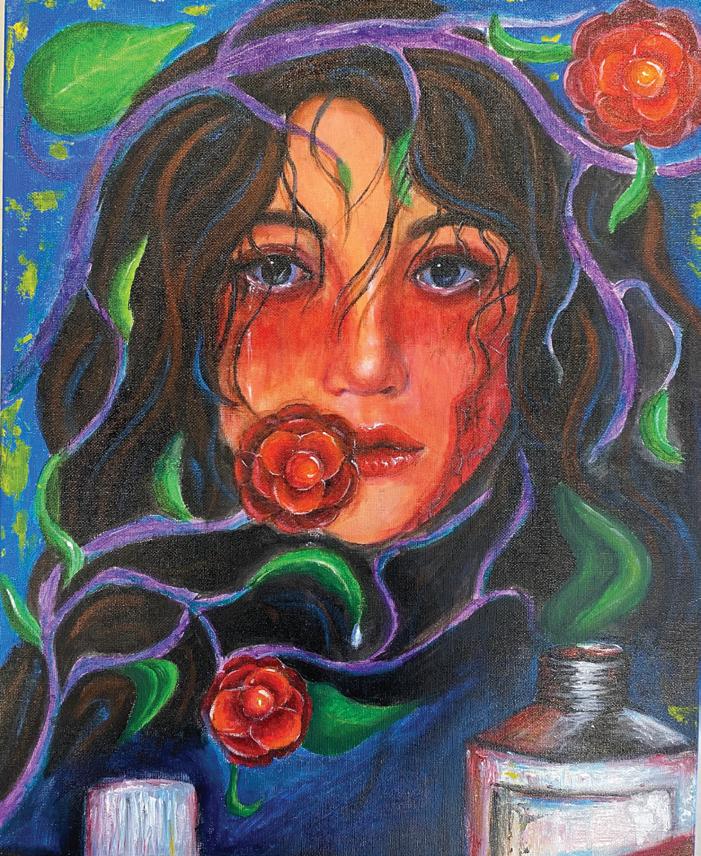 Marina Pavlova Year 10
Xinyue Zhang Year 11
Jiayi Xiong Year 10
Penelope Pirro Year 11
Yoonha Hwang Year 10
Sofia Khromach Year 10
Xinwei Li Year 10
Matilde Castellani Year 11
Marina Pavlova Year 10
Xinyue Zhang Year 11
Jiayi Xiong Year 10
Penelope Pirro Year 11
Yoonha Hwang Year 10
Sofia Khromach Year 10
Xinwei Li Year 10
Matilde Castellani Year 11

Creativity, Activity, Service (CAS) is one of the three essential elements that each student must complete as part of the diploma programme (DP). CAS allows students to enhance their personal and interpersonal development through experiential learning. It provides opportunities for self-determination and collaboration with others and fosters a sense of accomplishment and enjoyment. At the same time, CAS provides an important counterbalance to the academic pressures of the DP. This year, our IB art students - Mila Pretolani, Sylvia Pratico and Genieve Sak decided to paint a mural for our school. Their idea was to paint something colourful and thought-provoking for students at the BSM to see every day. To them, being surrounded by and creating art is incredibly important as it allows them to be stimulated creatively in the days they spend working together. The mural is inspired by ‘Alice in Wonderland’ and explores how subjectivity bends reality. Some theorise that the characters in Alice in Wonderland are manifestations of Alice’s mind/ identity and, as the girl; Genieve who peers through the mirror, we are made privy to her subconscious mind. The glass of the mirror is shattered as Genieve herself traverses from her conscious to unconscious mind, entering a wonderland of her own. When embarking on the project, the students first mapped out several mural options, one of which was approved by the school, then projected their sketch onto a canvas to trace it. The mural was sectioned into three parts, with Sylvia working on the left-hand side, Genieve on the right, and Mila on the centre. In terms of the acrylic painting process, it was long-winded but highly rewarding, setting aside time for the girls to immerse themselves in the artistic process and share in their love for painting. The three girls state that they are proud to have a token of their friendship and love for art to look back on.